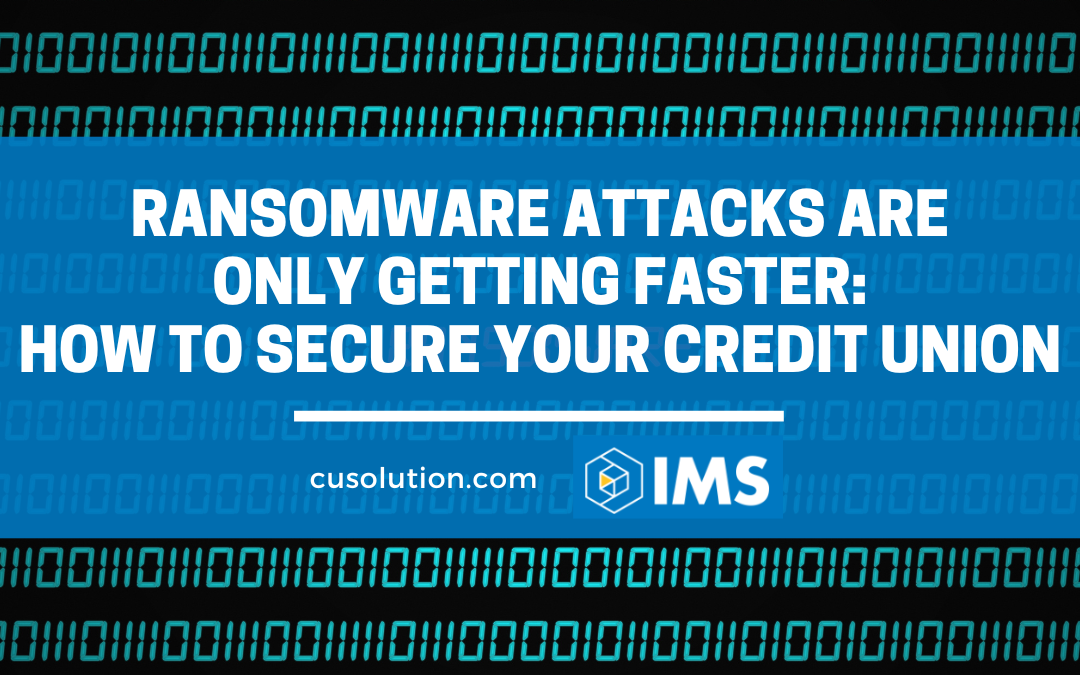
by admin | Nov 9, 2023 | Regulations
As technology continues to revolutionize the financial industry, credit unions are constantly grappling with new sets of credit union regulations. From credit risk reviews to cyber incidents, staying compliant can be a daunting task. But fear not, because...

by admin | Aug 24, 2023 | Cybercrime, Cybersecurity, Email Scam
In cybersecurity, it’s a constant race with bad actors often seeming to be in the lead. But, with smart strategies and tools, credit unions can still effectively safeguard themselves. Ransomware attacks are gaining momentum and complexity. These harmful...

by admin | Apr 10, 2023 | Credit Union Resources
Data quality for credit unions is an essential component of effective CU management. Keeping accurate and up-to-date records, such as member information, enables credit unions to provide the best services to their members. To ensure data quality, it is...

by admin | Jan 23, 2023 | Uncategorized
Credit unions are a popular financial institution for many, yet the digital experience offered to their members can vary greatly. There are lots of insights and ways credit unions can use the digital experience at the top 100 credit unions to augment and...

by admin | Jan 9, 2023 | Cybersecurity
As technology advances, so does the need for heightened credit union cybersecurity measures. When it comes to cybersecurity, credit unions must stay up to date with the latest threats in order to keep their members safe and secure. As the world of technology...





